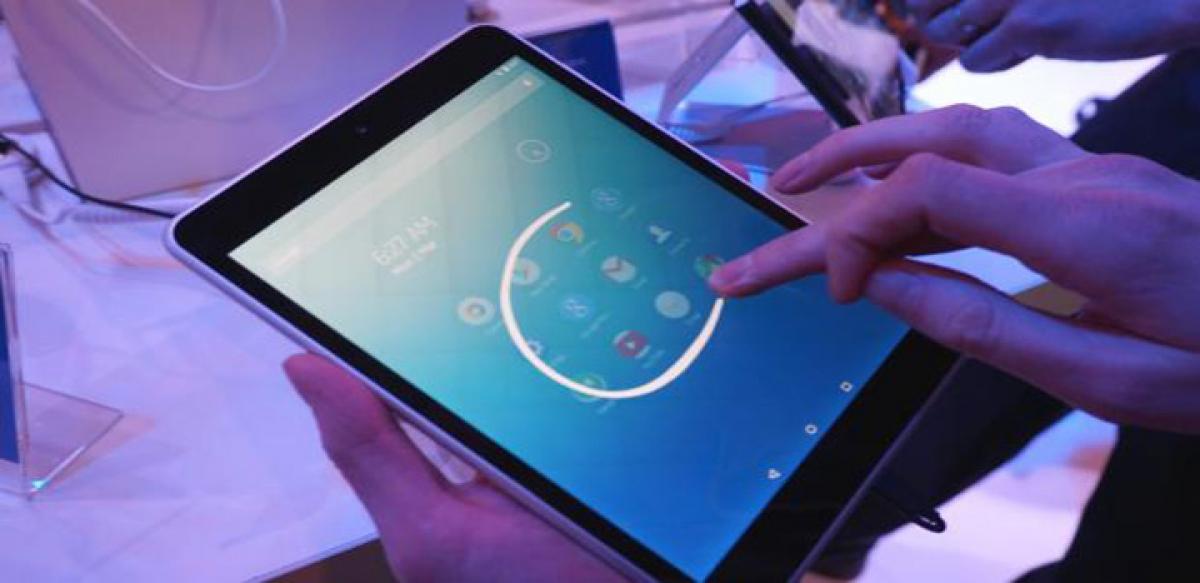Live
- Modi strengthens global ties at Rio de Janeiro
- 55% share price fall costs Ola Electric investors Rs. 38K cr
- Banks report synchronised growth in credit, deposits
- PM Awas 2.0 launched
- Target Kohli’s body, his front pads to put him on back-foot: Healy’s advice to Oz quicks
- LIC accused of thrusting Hindi
- Will make Warangal a la Hyderabad
- Will showcase Indiramma Rajyam: CM
- HC orders attachment of Himachal Bhawan
- Plane from Vedic era, not Wright Brothers: UP Guv
Just In

Someday soon, you may be able to log into your smartphone with sweeping gestures or doodling, using one or more fingers. Researchers from Rutgers University in New Jersey have shown the use of free-form gesture passwords that can allow people to draw a password of any shape with any number of fingers.
New York: Someday soon, you may be able to log into your smartphone with sweeping gestures or doodling, using one or more fingers. Researchers from Rutgers University in New Jersey have shown the use of free-form gesture passwords that can allow people to draw a password of any shape with any number of fingers.
"The results show that free-form gesture passwords are a serious alternative to text or other log-in methods, especially for mobile devices," said Janne Lindqvist, study co-author. Free-form gesture passwords are very suitable for touchscreens, faster to use, easy to remember and hard to guess.
"Getting access to somebody's phone can give a lot of information about that person and make them vulnerable to lots of different kinds of attacks than can have financial and other repercussions," Lindqvist added. For the study, the team installed software on Android smartphones of 91 who created 347 text passwords and 345 gesture passwords.
They completed 2,002 log-in tasks involving eight virtual accounts in their smartphones. The results showed that the participants preferred shapes (49.28 per cent) and letters (24.07 per cent) for their gesture passwords versus lines (15.76 per cent). Participants also preferred single-finger gestures (93.62 per cent) over multi-finger ones.
Participants who used gesture passwords spent 22 per cent less time logging in and 42 per cent less time creating passwords, on average. Free-form gestures could be expanded to laptops and tablet/laptop combos with touch screens - even doors with touch screens instead of key locks or swipe cards.

© 2024 Hyderabad Media House Limited/The Hans India. All rights reserved. Powered by hocalwire.com







